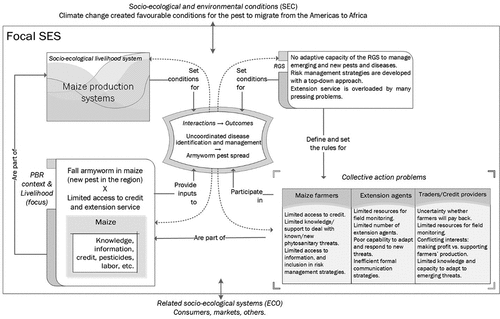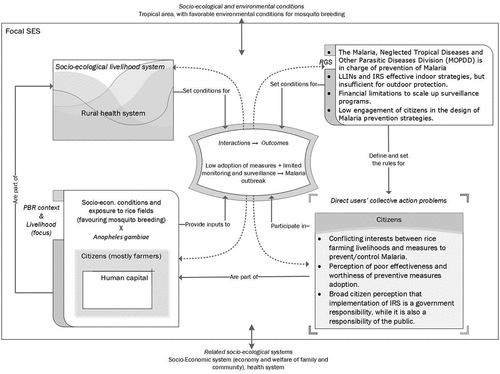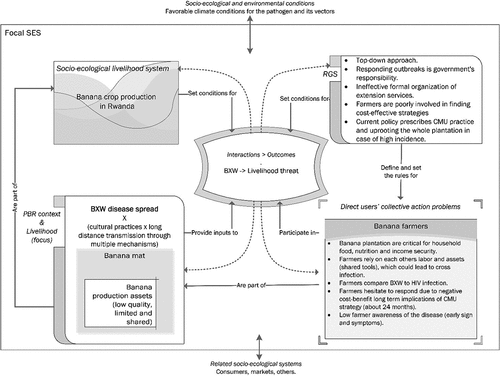Figures & data
Figure 1. Full framework for analyzing public-bad problems in SES, adapted from Ostrom (Citation2007), as described in Galarza-Villamar et al. (Citation2021). Our primary focus is on the dimensions CI, RGS, and (less) CAP, while the sub-systems PBC and LS are outside the scope of our current study.
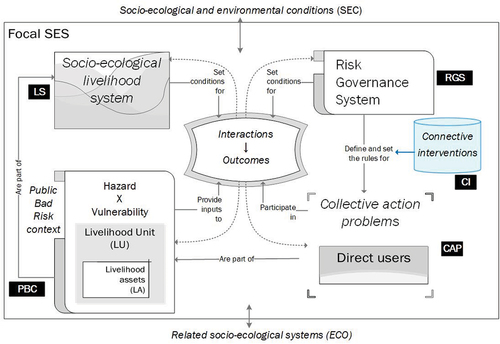
Table 1. Public-bad governance design principles, adapted from Ostrom (Citation1990; cited in Ostrom, Citation2005). Principles 4, 5, 6, and 7, marked with (*), are equal to Ostrom’s original definition. All other principles were adapted to represent governance of a public bad.
Table 2. Factors hindering coordination among direct users.
Table 3. Components to describe and analyse the public-bad risk context.
Table 4. EVOCA case studies included in the study.
Table 5. Placing selected case studies in a public-bad risk and SES context.
Figure 2. Initial analysis of terms used in EVOCA case studies that align with the adapted SES framework to public bads. Results based on the exploratory coding of eight dissertations and three scientific articles. Two additional dissertations and newly published papers were added to the study at a later point in time.
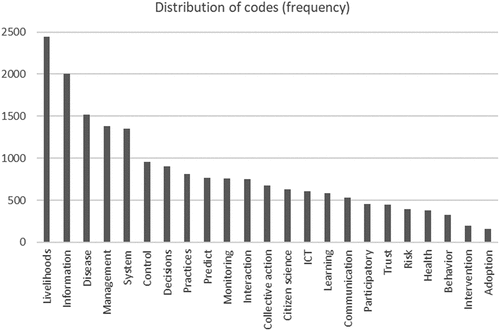
Figure 3. Tick-borne diseases and livestock-wildlife management in Kenya described using the adapted SES framework.
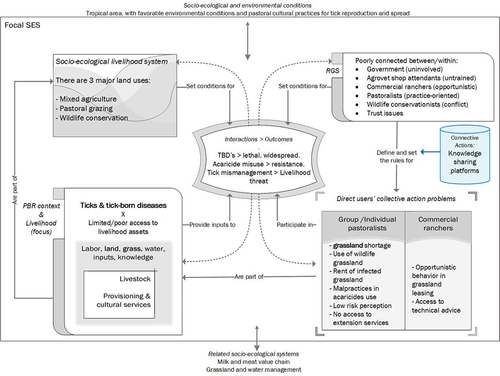
Figure 4. Connective strategies studied in the context of tick-borne diseases in Kenya’s case study.
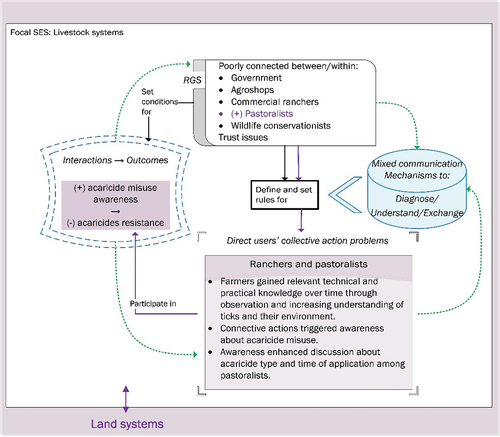
Figure 5. Water monitoring and irrigation management for food production in Ghana described using the adapted SES framework.
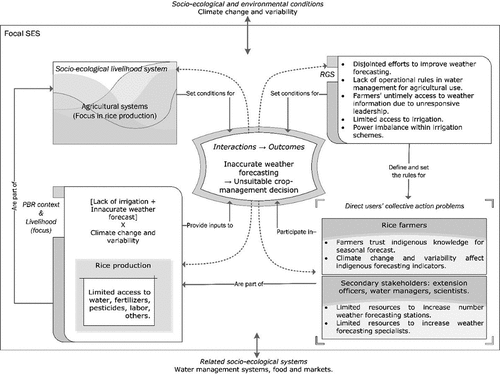
Figure 6. Connective interventions studied in the context of weather forecasting in Kenya’s case study.
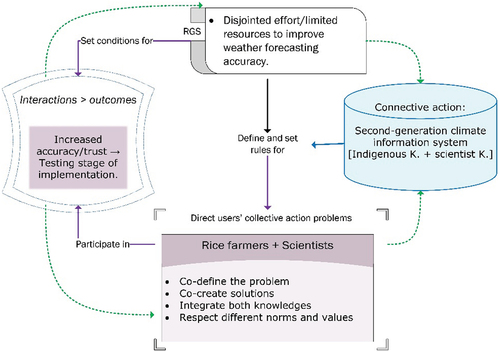
Figure 8. Connective interventions to address Fall armyworm in maize in Ghana described using the adapted SES framework.
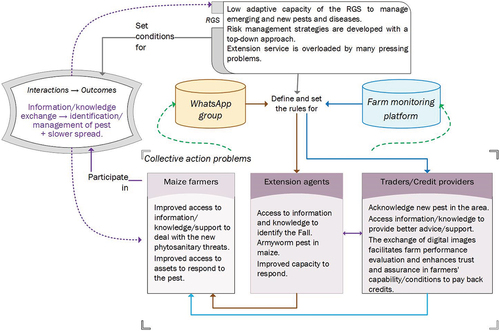
Figure 10. Connective citizen science intervention influencing the RGS for the malaria case in Rwanda.
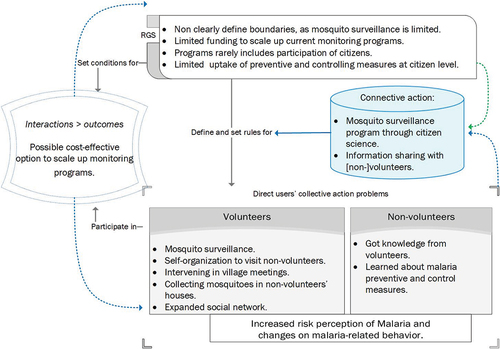
Figure 11. Potato late blight and bacterial wilt disease in Ethiopia described using the adapted SES framework.

Figure 12. Connective strategy influence in the RGS for the potato late blight and bacterial wilt disease in Ethiopia.

Figure 14. Connective intervention influence in the RGS, direct users’ collective action problems, and public-bad risk context for the BXW disease management in Rwanda.
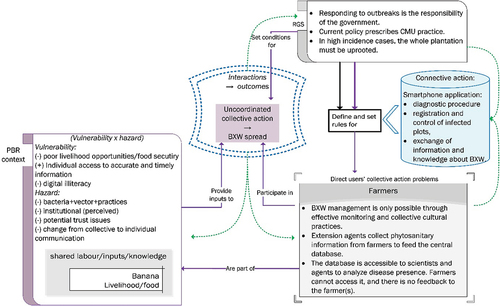
Table 6. Summary of cases study findings in terms of the contribution of connective interventions to enabling design principles for public-bad governance.
Table 7. Summary of cases study findings regarding the contributions of connective interventions on factors hindering collective action problems among direct users.
Figure A1. The core subsystems in a framework for analyzing a public-bad risk (e.g. BXW disease spread) threatening agricultural livelihoods based on banana production in a socio-ecological systems context from a risk and collective action problem perspective. Adapted from Ostrom (Citation2009a). Chosen analytical path: a [connective actions]->B [risk governance system]->C [collective action problems among direct users]->D [public-bad risk context within a specific livelihood unit and assets under research]->E [socio-ecological livelihood system].
![Figure A1. The core subsystems in a framework for analyzing a public-bad risk (e.g. BXW disease spread) threatening agricultural livelihoods based on banana production in a socio-ecological systems context from a risk and collective action problem perspective. Adapted from Ostrom (Citation2009a). Chosen analytical path: a [connective actions]->B [risk governance system]->C [collective action problems among direct users]->D [public-bad risk context within a specific livelihood unit and assets under research]->E [socio-ecological livelihood system].](/cms/asset/224aa5dd-14bb-490a-a70a-2e1e622a8f17/tjls_a_2293846_f0015_oc.jpg)
Table

